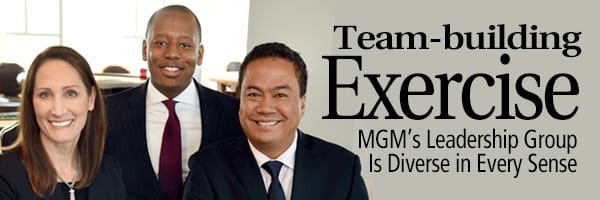Team-building Exercise
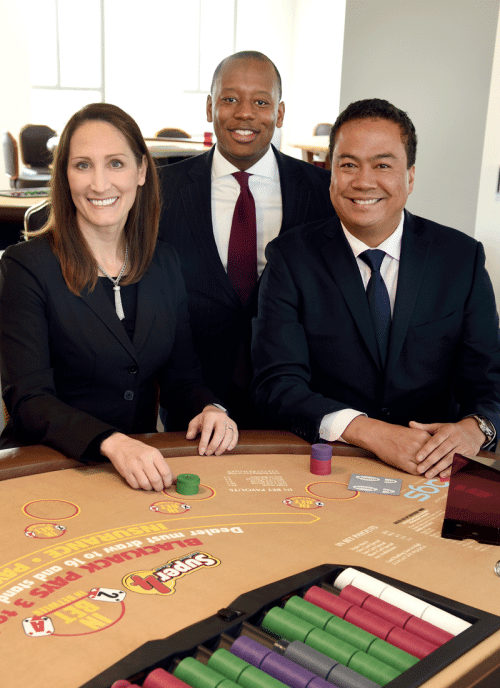
From left, Courtney Wenleder, CFO; Alex Dixon, general manager; and Mike Mathis, president and COO.
Photo by MGM/Springfield Mark Murray
Mike Mathis said he doesn’t use any of those ‘gotcha’ questions, as he calls them, when he’s interviewing job candidates.
He said he’s been on the other end of a few of these, like ‘describe your greatest weakness’ or ‘how well do you get along with your current boss?’ He didn’t particularly enjoy those experiences and, more to the point, doesn’t believe they were particularly effective in providing real insight to those asking those questions.
But Mathis, president and COO of MGM Springfield, said he does have some favorite — and effective — go-to questions (he wasn’t too revealing) that he likes to ask in an effort to get beyond the words printed on a résumé and determine if the candidate across the table would make a good fit.
And he’s had plenty of opportunities to put them to use in recent months as he’s interviewed finalists for the positions that make up the executive team that will open and then operate the $950 million resort casino complex taking shape in Springfield’s South End.
“The résumé gives me good insight into what their technical experience is,” he explained. “But I’m looking for personality and cultural fit, and you can usually get to that through them talking about their experiences.”
As he talked about his team members, or department heads, or ‘number ones,’ as he also called them, collectively, Mathis made early and frequent use of the word ‘diverse,’ and said it takes on the quality in many different respects. These include gender, age, race, geography (where they’re from), casino experience, and MGM experience.
As for those last two, some have it, and others, like Mathis himself when he was named to lead MGM Springfield, don’t.
“We have some who are internal MGM and others who are external to our company but in the industry,” Mathis explained. “We have a combination of young and those not as young, as I like to say, those with a little more experience. And we have a few from outside the industry; the company took a chance on me, and we’ve continued to take some of those chances on others.”

Anthony Caratozzolo: Vice President, Food & Beverage

Anika Gaskins: Vice President, National Marketing

Brian Jordan: Director, Surveillance

Monique Messier: Executive Director, Sales
It is this team, featuring individuals with titles ranging from CFO to vice president, Table Games, to executive director, Arena Operations, that will lead the ambitious casino project through the most critical stage in this six-year process — the completion of construction, finalization of specific components such as dining options and other facilities, the assemblage of a team of roughly 3,000 people, and, finally, opening the doors (early September is the projected ‘go’ date).
At present, that team-building assignment is priority 1, said Mathis, adding that the members of the executive team will soon be, and in many cases already are, adding members to their own specific leadership teams, and soon these individuals will begin to assemble the larger teams they will lead.
“The number ones hire number twos, and the number twos hire number threes,” he explained. “And then, from there, you start building out your business plan and prepare for mass hiring.”
For this issue and its focus on employment, BusinessWest looks at the team Mathis has assembled and how it came together. Also, we’ll look at the daunting challenge this “dream team,” as Mathis called it, will face over the next six months and how it will go about making MGM Springfield ready for prime time.
A Strong Hand
Mathis told BusinessWest that he’s been a part of a few casino executive teams during his career “around but not in on a day-to-day basis” the casino industry, as he chose to phrase it.
Indeed, he was legal counsel for the Venetian Las Vegas, which opened in 1999, and also for a start-up operation, Echelon Place, also in Las Vegas.
Being the one on the other side of this equation, the one putting the team together, the one able to joke during meetings (and he’s already done this a few times) that ‘none of you would be here without me’ — well, that’s a completely different and quite rewarding experience.
“I have a great sense of pride when it comes to the group we’ve pulled together,” he said, emphasizing that this was a team effort. “What’s really nice is how, organically, this team reflects the personality of the community and our original vision. For me, as a day-one employee, I feel I’m a steward of the original vision of our president, Bill Hornbuckle, and of the mayor and the different community-group stakeholders I originally met with. And I want to reflect all that in the team we put together.”

Sarah Moore: Vice President, Marketing, Advertising & Brand

Marikate Murren: Vice President, Human Resources

Jason Rosewell: Vice President, Facilities

Jason Rucker: Executive Director, Security
Elaborating, he said this team is non-traditional in some respects, and, as noted, diverse in every sense of that word.
‘Non-traditional’ in that, in many cases within this industry, executive units travel as a team, Mathis explained. That was not the case here.
“Someone would come to my role already thinking about who their number two and number three would be,” he explained. “Some of those executive teams travel in groups. There’s nothing wrong with that … these people are used to working with one another, and there’s something to be said for that.
“But because I was new to the role, I came at it without some of those preconceived notions about who the team members should be,” he went on, adding that he actually worked with very few members of this executive team before MGM Springfield. “The group is really eclectic, and we make each other better.”
In total, there were hundreds of applicants for the 16 positions, Mathis went on, adding that, because the pools of candidates were strong and diverse, it was that much easier to create a very diverse team.
“One of things we believe in at MGM is that, if you have a diverse applicant pool, you’ll get great employees, and the diversity will be reflected in the hires,” he said. “So our focus has always been on making sure we’re getting great people in front of us before we make decisions.”
Elaborating, he explained that, for each of the positions, the company tried to have, as finalists, an internal (MGM) candidate, an external candidate, and a diverse candidate, and in most cases met that goal.
Overall, nine of the 16 members of the executive team are diverse or female, which, he said, makes it one of the most diverse teams not only within the MGM company, but within the industry.
Why is diversity important? “Within the hospitality industry and particularly with MGM Resorts, we’re a host to a wider range of customers than any industry I can think of,” said Mathis as he answered that question. “We’re the Disneyland for adults. We have international guests, local visitors, those who are interested in gaming, those who are interested in food and beverage, families … with that range of customers that we invite to our resort, we need our employees to reflect that diversity of customers. That’s a big part of our success, and diversity is one of our pillars — not only ethnically, but diversity in all respects.”
Great Odds ‘Relaxed.’
That’s the adjective Mathis summoned to describe not only how he wants those taking his interview questions to be, but also the kind of corporate environment, for lack of a better term, that he’s been trying to create at MGM Springfield.

Lynn Segars: Vice President, Slot Operations

Gregg Skowronski: Executive Director, Hotel Operations

Talia Spera: Executive Director, Arena Operations
That certainly sounds illogical given the nature of the casino industry in general and, more specifically, the ultra-challenging six months ahead for the team at MGM Springfield. But hear him out.
“I mean relaxed in terms of the collegiality between the team members,” he explained. “We’re all working hard, but time is going by quickly, and the work is hard enough without the environment being overly formal or not having that collegiality.
“People perform best when they’re happy; we believe in our business in the service-profit-chain model,” he went on, referring to the theory in business management that links employee satisfaction to customer loyalty and, therefore, profitability.
It was an unofficial goal, or milestone, to have this team in place, in this relaxed environment, at the start of 2018, and it has been met, said Mathis, adding that, while some team members still have some logistics to work out, such as finding homes and moving families, they are all at work now at MGM’s nerve center in at a renovated 95 State St.
They will meet collectively twice a week, said Mathis, adding that one of these sessions is an executive-team meeting at which specific information will be communicated about project status, timelines, and other matters, and decisions will be made that involve multiple departments. The second session is a weekly staff meeting, a 90-minute to two-hour roundtable with no set agenda.

Seth Stratton: Vice President and General Counsel

Courtney Wenleder: Vice President and Chief Financial Officer

Robert Westerfield: Vice President, Table Games
“What we’ve learned is that meeting [the roundtable] is as productive as any other meeting we have,” he explained, adding that there are a host of smaller meetings involving some but not all of the executive staff members.
And as you might expect, there is quite a bit to meet about with the countdown now at or just under 200 days.
The biggest priority is building the individual departments, Mathis went on, adding that, while the casino is taking shape in a highly visible way on and around Main Street, the task of interviewing, hiring, and training 3,000 employees is already going on behind the scenes.
The top levels of each team will be filled out over the next few months, he continued, and mass hiring will commence in the early summer and hit high gear in the weeks just prior to opening.
Meanwhile, there are literally thousands of other tasks to be carried out, he said, listing everything from building the reservation system to creating training manuals; from interviewing vendors to detailing what will be needed in the warehouse.
“It’s a pretty incredible undertaking, and we’ve got a great team in place to carry it out,” noted Mathis, adding that this team will has borrowed heavily from the playbook created by another MGM casino that opened just over a year ago, National Harbor in Maryland.
“I don’t envy anyone that’s doing one of these as a one-off,” he told BusinessWest. “National Harbor is one of the most successful operations in the country, and we’ve taken their best practices, as well as lessons learned, and incorporated them into this project.”
Teaming with Excitement
Meanwhile, MGM Springfield will provide the playbook for the next MGM project, whenever it moves off the drawing board, said Mathis.
“Each time, the process gets better,” he noted. “One day, there will be a perfect opening; unfortunately, I don’t think we’ll be it. But with each one of these, you get a little closer to that standard.”
A perfect opening might be beyond the reach of Mathis’ executive team, but it will likely move the bar higher. In the meantime, by most accounts, it is already setting a higher standard for diversity.
It’s been an intriguing team-building exercise in every sense of that phrase.
George O’Brien can be reached at [email protected]





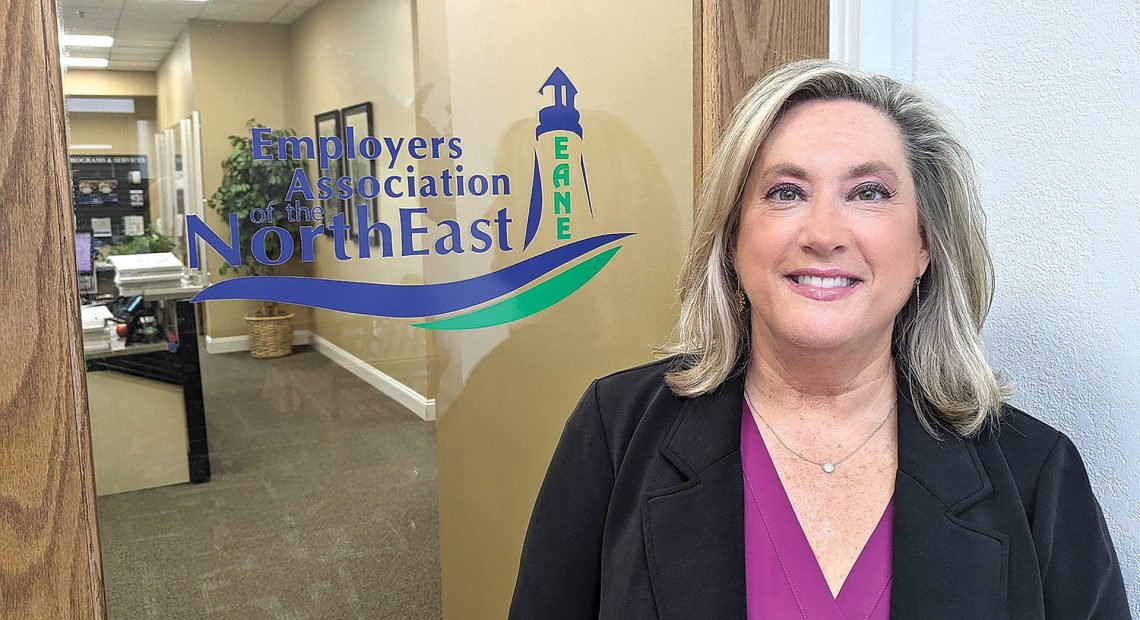
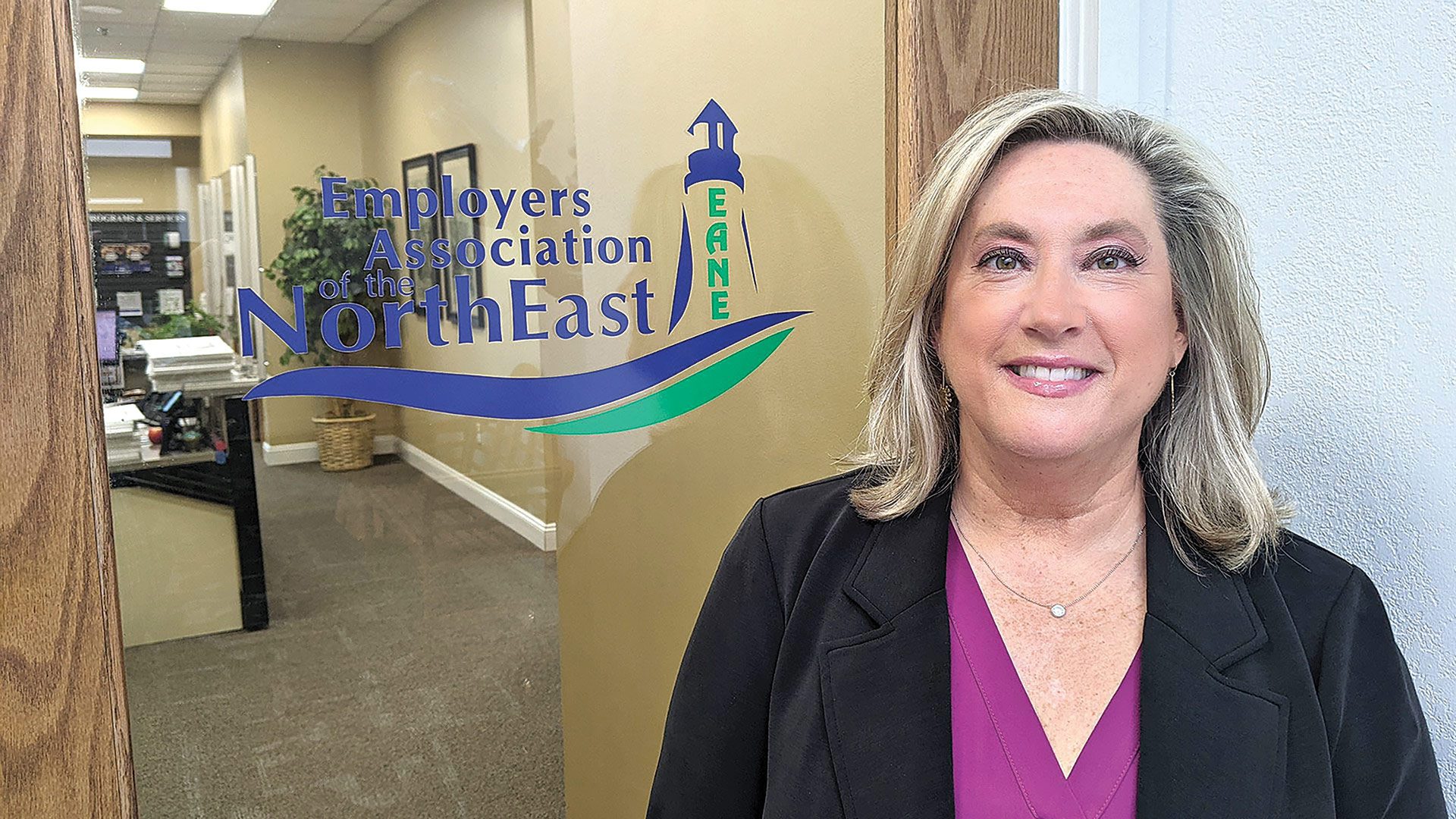

















 “Sexual harassment and assault claims in Massachusetts are particularly thorny for employers, as Massachusetts courts have shown a tendency to allow a lowered standard for Plaintiffs to win on sexual harassment or sexual assault complaints.”
“Sexual harassment and assault claims in Massachusetts are particularly thorny for employers, as Massachusetts courts have shown a tendency to allow a lowered standard for Plaintiffs to win on sexual harassment or sexual assault complaints.”
 “Employees are demanding more from their current and potential employers. Companies should be very careful to pay attention to the change in dynamics if they want to retain or attract new talent to their workforces.”
“Employees are demanding more from their current and potential employers. Companies should be very careful to pay attention to the change in dynamics if they want to retain or attract new talent to their workforces.”









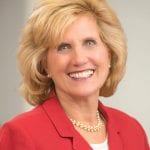











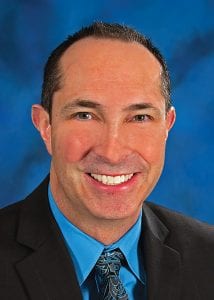



 “Can employers enforce a dress code requiring employees to refrain from wearing politically motivated clothing? Yes.”
“Can employers enforce a dress code requiring employees to refrain from wearing politically motivated clothing? Yes.”



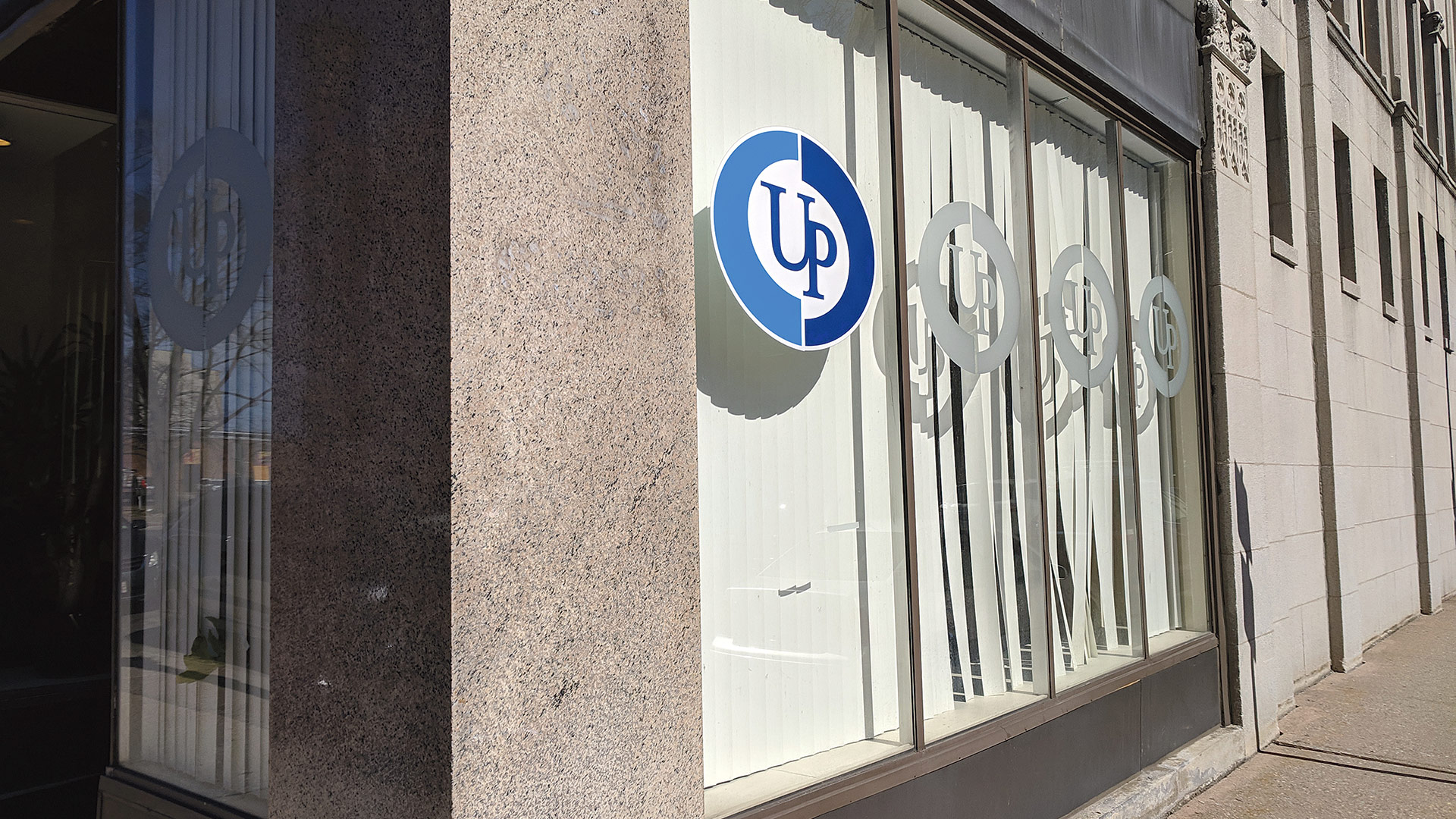



 While there is some general optimism to be found in the results of the latest
While there is some general optimism to be found in the results of the latest 








 It took almost two years, but Massachusetts regulators have finally started to issue licenses to businesses looking to grow, manufacture, distribute, and sell recreational marijuana products in the Commonwealth.
It took almost two years, but Massachusetts regulators have finally started to issue licenses to businesses looking to grow, manufacture, distribute, and sell recreational marijuana products in the Commonwealth.


 Recent high-profile issues around free speech in the workplace — from the NFL’s new national-anthem policy to ABC’s blackballing of Roseanne Barr — have elicited much debate in the public square, with the point often made that private-sector employees have no right to free expression. But that’s not exactly true — or, at least, it’s not as black-and-white as some might believe. That fact creates uncertainty for employers, who must balance their own interests with their employees’ very human desire to speak their mind.
Recent high-profile issues around free speech in the workplace — from the NFL’s new national-anthem policy to ABC’s blackballing of Roseanne Barr — have elicited much debate in the public square, with the point often made that private-sector employees have no right to free expression. But that’s not exactly true — or, at least, it’s not as black-and-white as some might believe. That fact creates uncertainty for employers, who must balance their own interests with their employees’ very human desire to speak their mind.


 In the year that’s passed since President Donald Trump signed the Buy American and Hire American Executive Order, there’s been increased federal scrutiny on the employment-based visa petition process that has made it more difficult for businesses to hire foreign employees.
In the year that’s passed since President Donald Trump signed the Buy American and Hire American Executive Order, there’s been increased federal scrutiny on the employment-based visa petition process that has made it more difficult for businesses to hire foreign employees.


